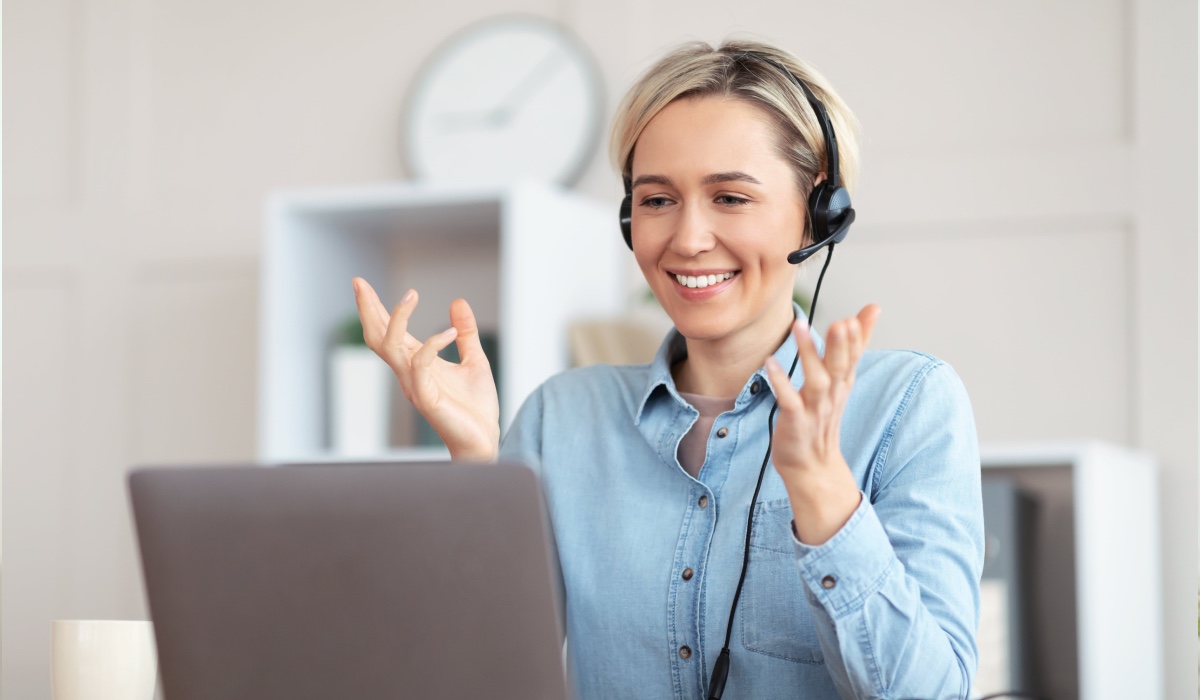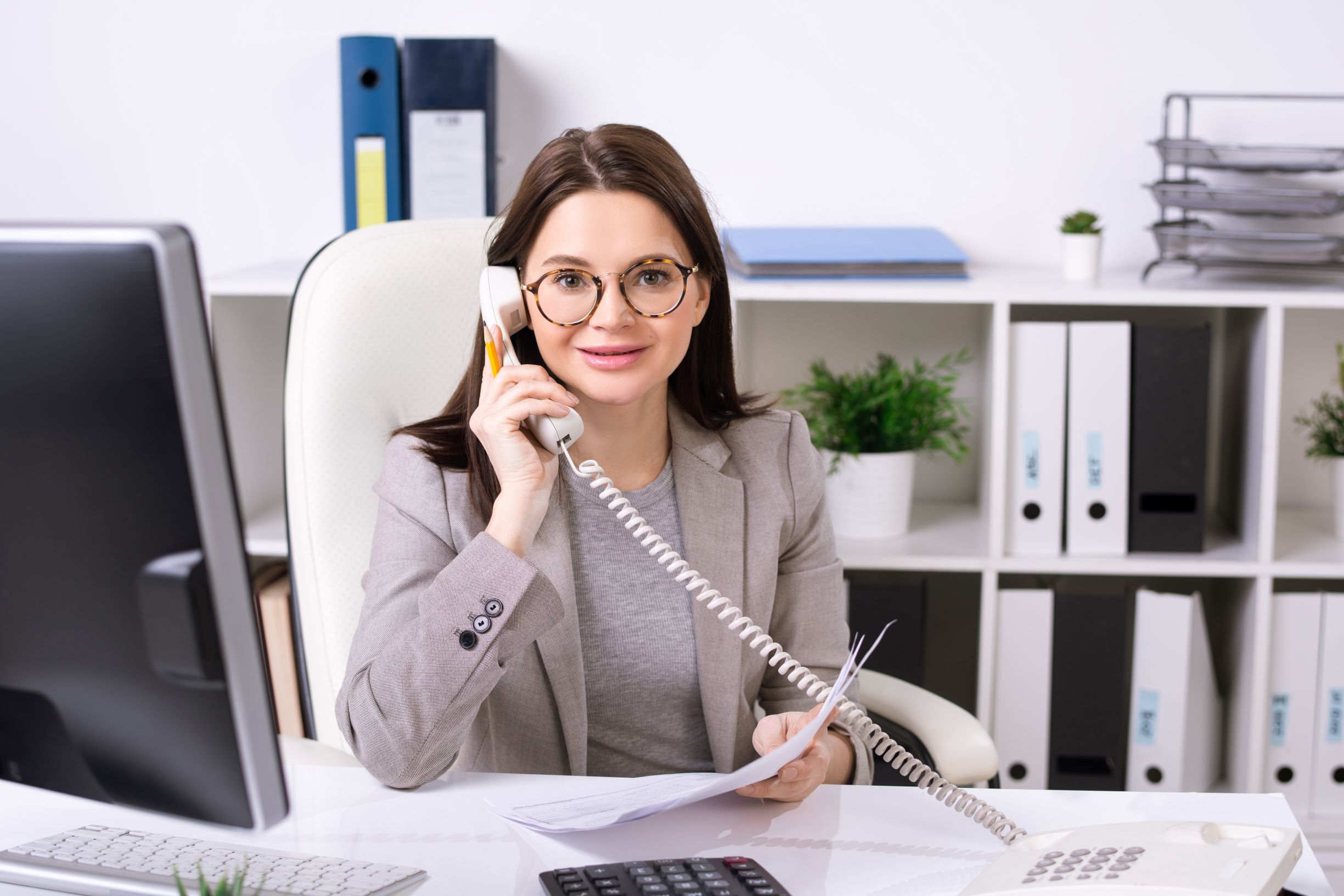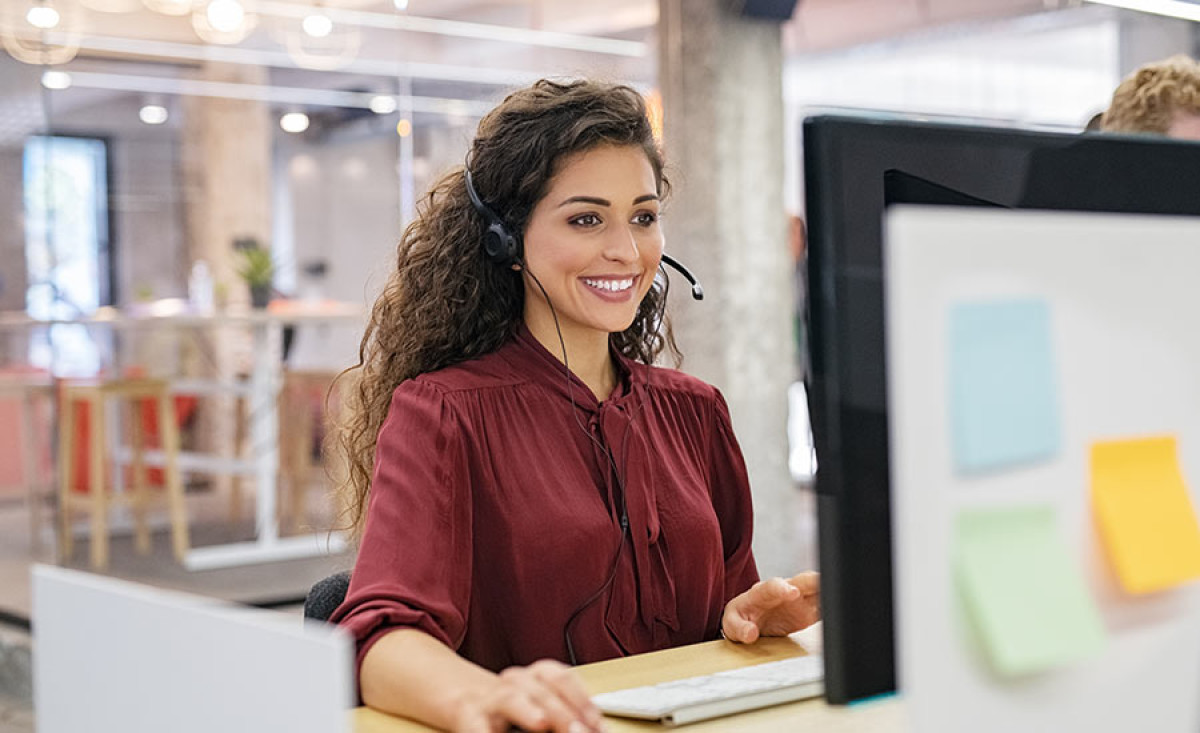All Categories
Featured
Table of Contents
Top What Is An Answering Service?
This device and its followers were created by Sava Jacobson, an electrical engineer with a private consulting service. While early answering machines utilized magnetic tape innovation, most contemporary devices utilizes solid state memory storage; some gadgets utilize a combination of both, with a solid-state circuit for the outgoing message and a cassette for the incoming messages.
"toll conserving" listed below) (business call answering service). This works if the owner is evaluating calls and does not want to consult with all callers. In any case after going, the calling celebration should be informed about the call having been responded to (in most cases this begins the charging), either by some remark of the operator, or by some welcoming message of the TAD, or addressed to non-human callers (e.
This holds specifically for the Little bits with digitally stored welcoming messages or for earlier devices (prior to the increase of microcassettes) with an unique endless loop tape, different from a second cassette, devoted to recording. There have been answer-only devices without any recording abilities, where the greeting message had to inform callers of a state of existing unattainability, or e (call answering services).
When Are Best 10 Sectors That Can Benefits From A Phone Answering Service Sales

about schedule hours. In recording TADs the welcoming usually consists of an invitation to leave a message "after the beep". An answering maker that uses a microcassette to record messages On a dual-cassette answerphone, there is an outgoing cassette, which after the specified variety of rings plays a pre-recorded message to the caller.

Single-cassette answering devices include the outgoing message at the start of the tape and inbound messages on the staying area. They initially play the announcement, then fast-forward to the next available area for recording, then tape the caller's message. If there are lots of previous messages, fast-forwarding through them can trigger a substantial delay.
This beep is typically referred to in the welcoming message, requesting that the caller leave a message "after the beep". TADs with digital storage for the tape-recorded messages do not show this hold-up, naturally. A little bit may provide a push-button control facility, whereby the answerphone owner can ring the house number and, by getting in a code on the remote telephone's keypad, can listen to tape-recorded messages, or erase them, even when far from home.
How Is The Best The Best Answering Service For Clinics Company

Consequently the maker increases the number of rings after which it responds to the call (usually by two, leading to four rings), if no unread messages are currently saved, however responses after the set number of rings (generally two) if there are unread messages. This permits the owner to discover whether there are messages waiting; if there are none, the owner can hang up the phone on the, e.
Some machines also allow themselves to be remotely triggered, if they have been turned off, by calling and letting the phone ring a particular large number of times (typically 10-15). Some company desert calls already after a smaller sized number of rings, making remote activation difficult. In the early days of Little bits an unique transmitter for DTMF tones (dual-tone multi-frequency signalling) was regionally required for push-button control, considering that the formerly used pulse dialling is not apt to convey suitable signalling along an active connection, and the dual-tone multi-frequency signalling was implemented step-by-step.
Any inbound call is not identifiable with respect to these homes in advance of going "off hook" by the terminal devices. So after going off hook the calls must be changed to appropriate gadgets and only the voice-type is right away accessible to a human, however possibly, nonetheless ought to be routed to a LITTLE (e.
Best Call Answering Service For Small Business In Brisbane Dealer Near Me
What if I told you that you do not have to actually select up your device when addressing a customer call? Somebody else will. So hassle-free, ideal? Addressing call does not require somebody to be on the other end of the line. Effective automated phone systems can do the trick simply as effectively as a live agent and sometimes even better.
An automatic answering service or interactive voice response system is a phone system that interacts with callers without a live person on the line - virtual answering service. When business utilize this innovation, consumers can get the response to a concern about your service just by using interactions set up on a pre-programmed call circulation.
Although live operators upgrade the consumer service experience, numerous calls do not require human interaction. A simple taped message or guidelines on how a consumer can recover a piece of details generally solves a caller's instant requirement - virtual answering service. Automated answering services are a basic and efficient method to direct incoming calls to the ideal person.
Who Is The Best 12 Best Telephone Answering Service For Businesses In ... Manufacturer
Notice that when you call a company, either for support or product query, the very first thing you will hear is a pre-recorded voice greeting and a series of alternatives like press 1 for client service, press 2 for inquiries, and so on. The pre-recorded alternatives branch off to other options depending on the client's choice.
The phone tree system helps direct callers to the right person or department utilizing the keypad on a smart phone. In some circumstances, callers can use their voices. It deserves keeping in mind that auto-attendant options aren't restricted to the 10 numbers on a phone's keypad. When the caller has actually chosen their very first choice, you can design a multi-level auto-attendant that utilizes sub-menus to direct the caller to the best kind of assistance.
The caller does not need to interact with a person if the auto-attendant phone system can handle their issue. The automatic service can path callers to an employee if they reach a "dead end" and require assistance from a live representative. It is costly to hire an operator or executive assistant.
What Is A Good Price For A Telephone Answering Service Melbourne Cbd Australia?
Automated answering services, on the other hand, are considerably cheaper and supply considerable cost savings at approximately $200-$420/month. Even if you do not have devoted personnel to manage call routing and management, an automatic answering service enhances productivity by permitting your group to concentrate on their strengths so they can more effectively spend their time on the phone.
A sales lead routed to customer care is a lost shot. If a customer who has item questions reaches the wrong department or gets incomplete responses from well-meaning staff members who are less trained to deal with a specific kind of concern, it can be a cause of aggravation and dissatisfaction. An automated answering system can lessen the number of misrouted calls, thereby assisting your staff members make better usage of their phone time while releasing up time in their calendar for other jobs.
With Automated Answering Systems, you can develop a personalized experience for both your personnel and your callers. Make a recording of your main greeting, and simply upgrade it routinely to show what is going on in your company. You can produce as lots of departments or menu alternatives as you want.
Latest Posts
Thorough Bilingual Answering Service Near Me
Budget-Friendly 24/7 Answering Service Near Me
Innovative Answering Service Pricing Near Me ( Australia)